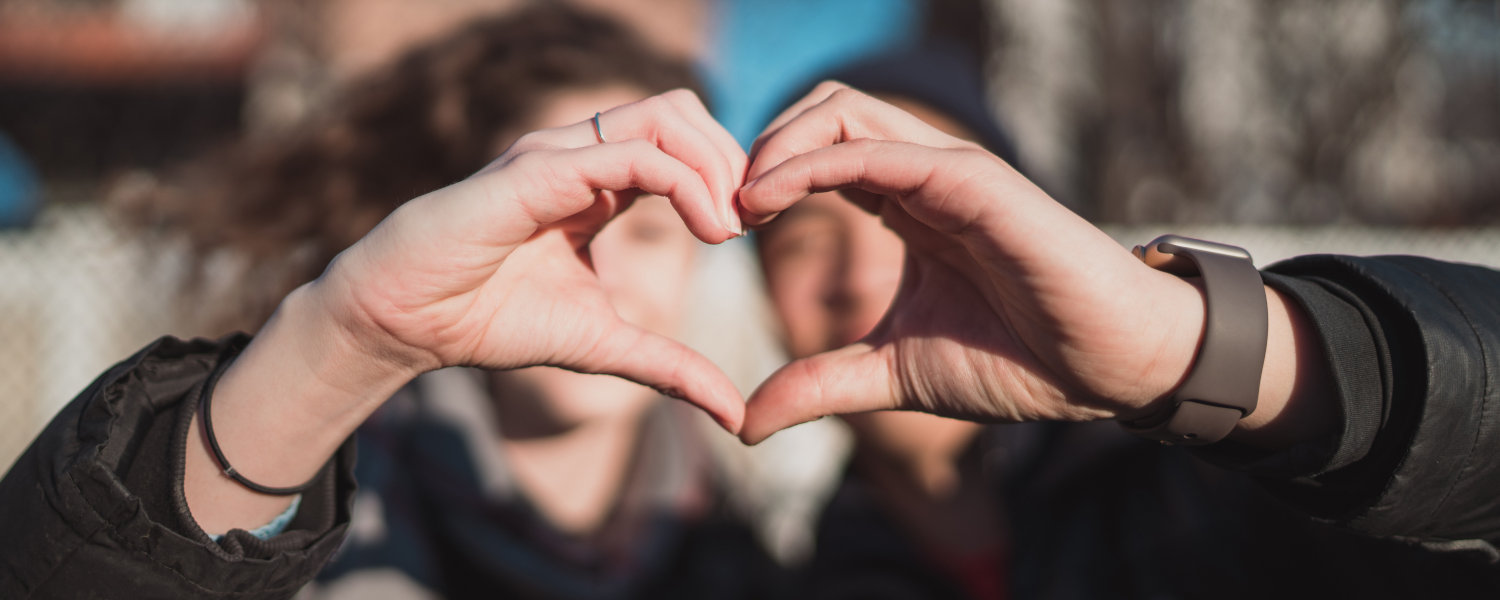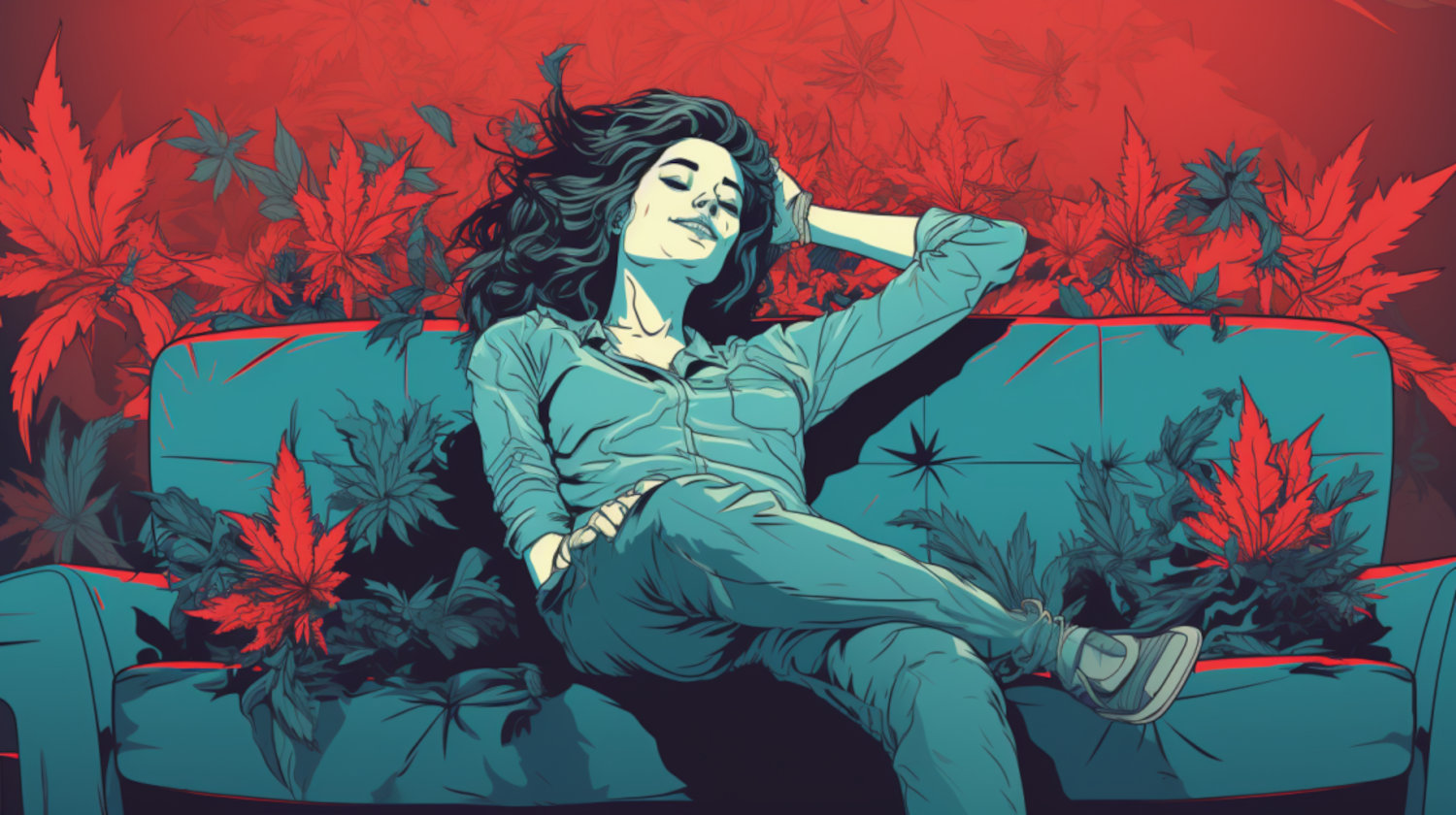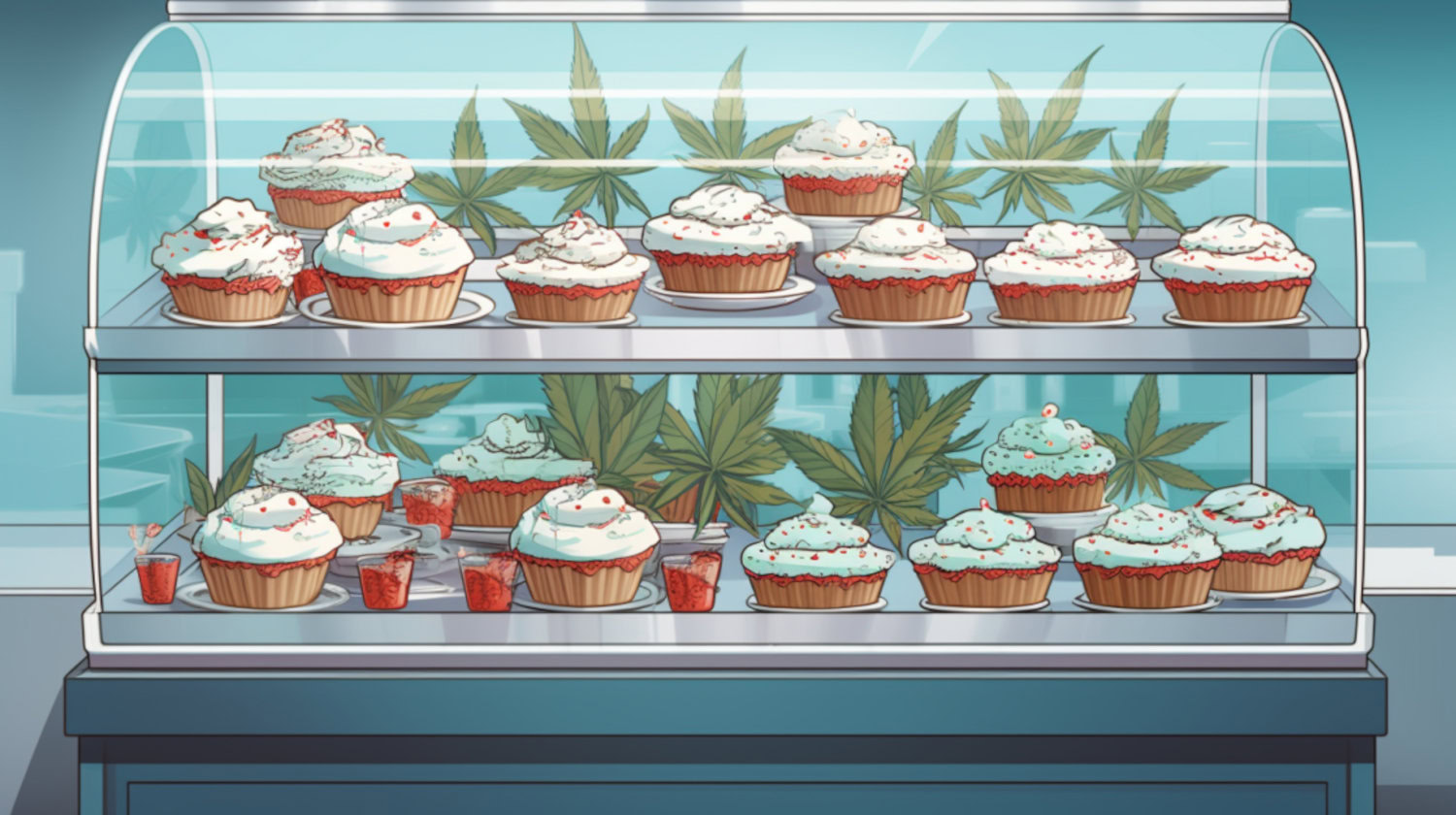Most people don’t realize, but cannabis is actually a psychedelic. Some people assert that, in order to be a psychedelic, a substance needs to bind to serotonin receptors in the brain, like psilocybin does. However, by a more inclusive and traditional definition, a psychedelic is any substance that alters one’s perception of reality, and cannabis absolutely fits that definition.
New cannabis users may not be prepared for the overwhelming experiences cannabis can deliver, especially at higher doses. This is particularly true for edibles, which are known to pack a much more substantial punch than smoked cannabis because of the way the body metabolizes them. Not only that, but edibles have a longer onset time and are easier to access in some medical states, making it more likely inexperienced consumers may have too much.
A lot of new cannabis users are turning to a time-tested technique among users of psychedelics to ensure that they have a positive experience: asking for help. Many new cannabis users are asking a trusted friend or family member who is more experienced with cannabis to stay with them during their early cannabis experiences to answer questions and provide a calming and reassuring presence.
These individuals are often called trip sitters because their job is to “babysit” someone through their trip. And while it’s unlikely to have a full-blown “trip” on cannabis, the experience can still be overwhelming, especially for new or inexperienced consumers.
While being a trip sitter isn’t hard, there are a number of things to keep in mind when helping a friend out with their first cannabis experience. It isn’t a given that a consumer will have a calm and positive experience from start to finish. As such, there are ways a trip sitter can prepare before the experience that can make a huge difference.
What is Trip Sitting?
A trip sitter is someone who stays sober and sits with a friend while they use a psychoactive substance. The term comes from the psychedelic community, where people regularly have powerful psychedelic experiences, which may include hallucinations. Trip sitters are also common in festival culture, where people are regularly using psychedelics to enhance their experience.
Trip sitters provide a trusted anchor – someone that a consumer knows will be there for them if the experience takes a negative turn.
In the cannabis world, a trip sitter is less there to help someone through a powerful hallucinatory trip and more there to be a support system. A cannabis trip sitter should be experienced with the plant, knowing what sensations are common and how best to relieve them.
Trip sitters should create a situation that’s conducive to a positive experience.
- Get snacks.
- Put on a good movie or record.
- Remove anything that might be stressful or dangerous.
Essentially, do the things that an experienced cannabis user knows make for a fun or relaxing time. And, if the experience induces some negative feelings, like paranoia, the trip sitter is there to help talk the person through it, reminding them that they’ll be alright, answering questions, and diverting their attention to something more positive.
A trip sitter isn’t there to be a spiritual guide or to lead the person using the psychedelic on a journey. They’re also not there just to fetch snacks. Finally, trip sitters shouldn’t be using cannabis with the person they’re sitting for. You can’t be helpful if you’re high, too.
Duties of a Trip Sitter

No two cannabis experiences are the same. A trip sitter needs to be prepared for positive experiences as well as negative ones. That starts with cultivating a setting that keeps the experience relaxed and positive.
Before the “Trip”

Each person’s personality will influence their experience with cannabis. That’s one thing it has in common with traditional psychedelics.
So, it’s important to keep the specific consumer in mind when trip sitting. That means understanding their tolerance, experience level, and the type of cannabis product they’re using. Remember, dosage can vary greatly from person to person, and some products take longer than others before the full effects take hold. The right dose can be fun and relaxing, but a cannabis newbie may become frightened or nauseous if they eat a 100mg THC brownie by themselves.
Before acting as a trip sitter, you should be familiar with cannabis. If you aren’t already an experienced cannabis user, you’ll need to familiarize yourself with the common effects of cannabis and the negative effects someone might experience. It’s also a good idea to know how to mitigate those negative effects and make someone feel better when they’re overly anxious.
New cannabis users should absolutely never combine substances. Experienced cannabis users may be able to handle crossfading, but it's never advisable to mix substances or consume any substance to excess. Combining cannabis with other substances, like prescription medications, antibiotics, or alcohol, can increase the chances of unpleasant side effects. As a trip sitter, it’s your job to let the person you’re sitting for know that having that beer is a bad idea.
It’s also a good idea to start a new cannabis user off with a known and reliable product. Homemade edibles are great, but it can be extremely difficult to get a precise dosage, even with an edible calculator. Instead, if you are going to go the edibles route, choose edibles from a state-licensed dispensary with precise dosing information. The consumer should start off with a very low dose, 2.5 mg to 5 mg of THC should be the max. If edibles with a high CBD ratio are available, those are a great option to help mitigate some of the unwanted effects of THC.
The same can be said for other forms of cannabis. When purchasing cannabis flower off the black market, there’s no telling what concentrations of cannabinoids are present, let alone terpenes or contaminants. Flower from a dispensary, however, will have all of that information readily available. Introducing a newcomer to cannabis with a moderate concentration and a good ratio of CBD is best. It’s also a good idea to prioritize strains that have terpenes (like pinene) associated with a calming effect.
It should also go without saying that vapes should only ever be purchased from licensed dispensaries. Unless vapes come from a reputable source, there’s no telling what contaminants could be in them.
When it comes to creating the perfect setting for a positive experience, consider the individual, their likes, and experiences. If you know the person trying cannabis likes comedies with a certain actor, putting on one of their movies would be a great idea. If that person is afraid of snakes, playing Snakes on a Plane or Anaconda isn’t going to end well, no matter how much you may enjoy those films.
The same can be said for snacks. Get the person trying cannabis snacks you know they’ll enjoy. While healthy snacks are always best; the top priority should be to avoid foods that can enhance the effects of THC. Remember that set and setting influence a user’s cannabis experience. If the person is having a wonderful time, they’re much less likely to start down an anxiety rabbit hole.
Water’s important too. Staying hydrated can influence the cannabis experience for the better. Fruit juice and other non-alcoholic beverages are fine too, but loading up on sugar isn’t the best idea.
Setting up the space where you’re going to be staying is important as well. Have essentials on hand, like water, snacks, and anything else that might be comforting, like blankets and a pillow. Make sure that phones are always within reach (new consumers can quickly begin to panic if they are overwhelmed and can’t find their phone). It’s also smart to have the remote control nearby. Video games are an option, but beware of anything too violent or scary. Maybe stick to family-friendly titles, like Mario, Animal Crossing, or Pokemon.
Finally, remove any potential hazards. This one applies much more for powerful psychedelics than cannabis, but it’s still a good idea to put away sharp objects and open flames. Candles might set a nice mood… until someone knocks one over. In a way, trip sitting is a lot like babysitting because the person you’re looking out for won’t have their full capacity. So, remember to keep things safe and as close to foolproof as possible.
During the High

Once the experience begins, your role as the trip sitter will shift from preparation to watching out for the individual you’re sitting for. If they’re having a relatively relaxed experience, this might actually be boring. If not, it’s your job to bring them back to Earth.
Ideally, your goal is to be there for the person you’re with, even before they know they need you. If you’re familiar with cannabis, you’ll know what to look out for in their behavior and demeanor which might signal that things are turning sour.
In order to do that, you’re going to need to stay in the room with them and pay attention. Bathroom breaks are okay, of course, but be sure everything’s alright first. Heading into another room to watch a movie, putting on headphones, or burying yourself in your phone aren’t good ideas. Remember that you’re there to help them, not entertain yourself. The experience can turn from pleasant and relaxing to distressing surprisingly quickly, especially for new cannabis users. You want to be available for them at all times.
If the person you’re sitting with is having a hard time, there are a few options. First, try to see if they can calm themselves down. Maybe offer food or a drink to help them get their mind on something else.
If that doesn’t work, it’s time to help put their mind at ease. Always speak in a calm and friendly voice. You can try asking them simple questions or bringing up a happy memory they like to talk about. If something is obviously upsetting the person, remove it. That could mean turning off the movie, stopping the game, or ending a conversation that may be triggering anxious or distressing thoughts.
Each person and situation is different. For some people, a warm blanket may be a relief. Others will find snacking is a great way to put their mind at ease. A conversation or the distraction of something on TV could provide needed relief. In those cases, it’s important to keep the topic light. Conversations shouldn’t require deep thought or bring up negative emotions. TV and movies should be lighthearted and casual, like comedy or sports.
Likewise, the company of an animal companion can be the most calming thing in the world for some people, while others may become more stressed or even unintentionally rough with a smaller animal. It’s important to understand the person you’re with and the things they find comforting.
You should already have a decent idea of how to “bring them down” if the person you’re sitting gets too high. Distractions help a lot of people. So, those movies, video games, records, or whatever is keeping the person’s mind off the sensation of being high are great. Other people might need different tactics, like sensory stimulation. Have them take off their socks and walk barefoot on the rug or grass. A soft blanket might help here too. It’s all about grounding them back to reality.
You should also get to know how much of your intervention is necessary. Some people need that extra support and won’t want you to leave them. Then, there are people that will feel overwhelmed by constant attention and would rather you pull back and allow them to work through things themselves. Since you’ll probably be sitting for someone that you know, you may be able to guess which, based on their personality.
Of course, unless you’re a trained medical professional, you’re probably not equipped for all situations. If the person expresses violent, suicidal, or unexpected thoughts or behavior, it’s time to get the experts involved. Play it safe, and seek medical help.
After the High Subsides

After the person sobers up, your work usually gets easier, but it’s not done. Depending on the experience, the consumer may need time to process what happened.
As a trip sitter, you’re there to talk to them about their experience after the fact (not just guide them through the initial high). You can discuss how they feel and how they felt at the height of the experience. What part of the experience did they enjoy? What parts would they never want to repeat?
You can also help them to understand why they felt the way they felt at certain times. This is a wonderful opportunity to discuss how the right dose and setting can help avoid many unwanted side effects. It might take some people a few attempts with cannabis to get the experience dialed in to where it is consistently positive.
If the person still appears to be feeling the effects of cannabis, encourage them to rest. Any residual effects will fade with time, and a good night’s sleep is always a good way to recover.
Do You Need a Trip Sitter?

Not everyone needs a trip sitter, but there’s nothing wrong with asking for help or having a trip sitter as an added line of support. Having a trip sitter doesn’t make anyone “weak” or “uncool.” It’s simply acknowledging the power of the plant and expressing a desire to have a positive experience.
Remember, cannabis is significantly more potent than it used to be. Homemade edibles, like brownies, can be extremely difficult to dose correctly, and they can easily end up stronger than planned.
Trying new ways of using cannabis is common, too. If someone’s never tried dabbing before, there’s a good chance the experience will be more potent than they’re used to.
Whether you don’t know what to expect, you’re trying a new product, you’re consuming cannabis in a new environment, or you’ve had negative experiences in the past, having that lifeline can be invaluable. A knowledgeable trip sitter can help you understand how to make cannabis more positive both in the present experience and going forward.
Tips to Find a Trip Sitter

Finding a trip sitter doesn’t need to be complicated. Chances are, you already know someone who would be a great trip sitter. That’s because the best trip sitters are often trusted friends and family.
If you don’t have a friend or family member with cannabis experience – or who is accepting of your cannabis use – there are other options available.
Option 1: Cannabis-assisted psychotherapy. Some people choose to use cannabis to treat psychological conditions, like anxiety and depression. While cannabis can help with those conditions on its own, it may be more effective with a professional’s guidance. Cannabis-assisted psychotherapy is available in some states, allowing consumers to connect with a trained therapist who can both serve as a trip sitter and help to unpack any experiences or emotional insights that may arise.
Option 2: Find a tripsitter online. There are also online services to help people find a trip sitter. These services should be a last resort, though, because they aren’t all reputable, and some may not have the extensive training you would desire in a trip sitter. Only use services that you completely trust. Here at NuggMD, we can’t endorse any of these services.
Option 3: Utilize peer support services like Fireside Project. While Fireside Project’s Psychedelic Peer Support Line can’t sit with you during your experience, they do offer phone or text support for consumers during or after a psychedelic experience.
However you find your trip sitter, it’s important to get to know them and be comfortable with them before beginning your experience. If you don’t completely trust your trip sitter, you’re more likely to feel anxious or uncomfortable during your experience.
Tips Before Consuming Cannabis
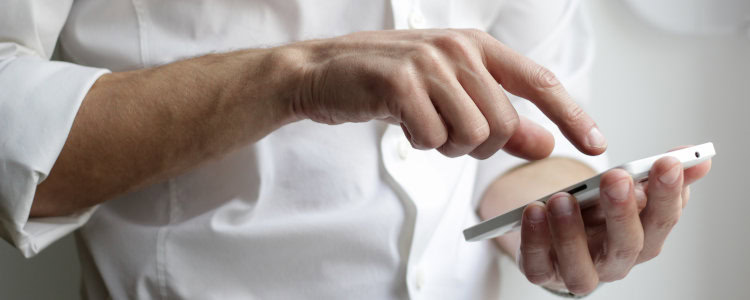
Before you use cannabis, especially for the first time, you should prepare for the experience. Cannabis gives many consumers an experience similar to other psychedelic substances, even if in a much milder way.
Before you begin your cannabis experience consider:
- Cannabis isn’t right for everyone. If you have a family history of certain mental health conditions or you’re on one of the prescription medications known to interact with cannabis, consider consulting with your doctor before trying cannabis.
- Cannabis is powerful. Respect that. Plenty of people use cannabis recreationally, but ask any of them, and they’ll tell you about a time they had too much and had a bad experience. Learn to respect the plant (and its high potency), and you’ll have a better experience.
- Make sure it’s tested and pure. Stories of laced cannabis are overblown, and recent reports of fentanyl-tainted cannabis land somewhere between being a massive exaggeration and an outright myth. Still, it’s important to know that you’re consuming a contaminant-free product. That’s why cannabis from a licensed dispensary is always best.
- Your mindset and surroundings play a big part. Like psychedelics, your mind can and will influence your experience with cannabis. If you go in nervous, chances are, it’ll only get worse. Set yourself up for success by doing whatever you need to – meditation, exercise, art – to put your mind at ease. Put yourself in a place you find relaxing, surrounded by things and people you enjoy. You want cannabis to amplify positive emotions, not negative ones.
- Get a trip sitter. Have a sober friend close by that you can count on to help you through the experience if you begin to feel overwhelmed. They can help calm you down, keep you grounded, and provide much-needed support, if necessary.
- Make sure your needs are met. Set yourself up with food, water, entertainment, and anything else you may want to make yourself comfortable before you begin your experience.
- Adjust the setting as needed. If your initial set-up isn’t as calming or comfortable as you had envisioned, you can always adjust the settings. Seemingly small changes can have a radical effect on how you perceive what’s going on. So, don’t be afraid to change the channel, raise or lower the volume, throw on a different record, or start a different activity entirely.
- Set the rules beforehand. If you’re planning to use cannabis with other people or a trip sitter, set the rules and guidelines before you begin. Establish key words and phrases that indicate that something’s wrong or needs to stop, either from you or the trip sitter.
- Plan for recovery. An intense experience can be, well, intense. Build in time after your high ends to process what you experienced, talk it out with your trip sitter, and recover from the experience.
There are also some important steps you can take to set yourself up for a more pleasant experience with cannabis. If you’re a medical cannabis patient or considering becoming one, speak to a medical cannabis doctor. They can tell you which forms and methods of cannabis use will best suit your needs and your condition. They can also help you find the appropriate dosage and build to one that you’re comfortable with.
With cannabis, dosage is key. Many people report that low levels of THC help to alleviate anxiety, while higher doses can increase stress. Getting the right dose can mean the difference between a relaxing evening listening to Dark Side of the Moon and freaking out and pondering one’s own mortality when the alarms sound in “Time”. Always start with a low and manageable dose. There’s plenty of time to gradually work your way up.
Plan out your doses, if you can. This is another reason why having cannabis from a licensed dispensary is such a benefit. All cannabis needs to be tested for potency, meaning you’ll always know what you’re getting. The amount of THC per serving is always listed on edibles, and the total THC percentages should be clearly listed for flower and vapes. Set a line that you won’t cross and stick to it. So, if that’s a 5 mg edible, use only that edible and stop. If it’s three puffs from a joint with 18% THC, 5% CBD flower, stick to it. Then, the next time you consume, you can increase or decrease your dosage based on how your first experience went.
Of course, a trip sitter is a fantastic resource that all new cannabis users should consider for their first experience. Not only can a trip sitter help keep you in the right headspace, but they can also be a resource to answer your questions in real-time. Select a trip sitter that you trust. And if you’re thinking of acting as a trip sitter, keep in mind the best practices to ensure a positive experience.
No matter how well you prepare or how confident you are that things are going to go your way, there’s always a chance of a negative experience. Plan ahead, and you’ll be able to mitigate any unexpected unpleasantness.
First, there are simple strategies you can employ to “bring yourself down,” when you’re feeling too high. Taking steps as simple as staying hydrated and having some of your favorite snacks on hand can go a long way.
Of course, if you need some support during or after your cannabis experience but don’t have a trip sitter (or need additional support), you can call or text Fireside Project’s Psychedelic Peer Support Line from 11am-11pm Pacific time at 62-FIRESIDE (623.473.7433) or you can get in contact via their app. Their team of trained, compassionate volunteers is ready to help talk you through your experience and answer your questions. You can call yourself or have your trip sitter get in contact, for help with issues beyond their expertise.
Trip Sitting FAQs
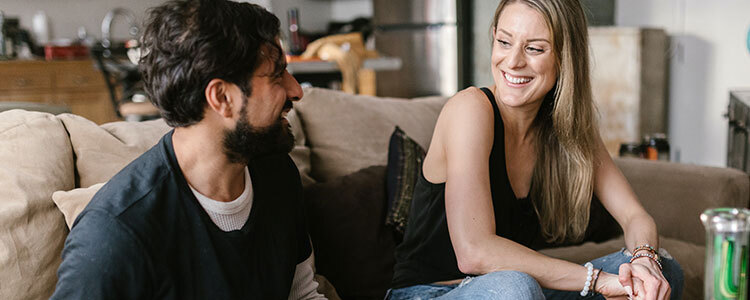
Is cannabis a psychedelic?
There’s actually considerable debate on this question. By the strictest scientific definition, a psychedelic needs to activate certain serotonin receptors in the brain. Cannabis interacts with endocannabinoid receptors, so by that definition, cannabis isn’t a psychedelic.
However, there’s an older, looser definition that states that any substance that alters a person’s perception of reality is a psychedelic. Cannabis absolutely can do just that. And while hallucinations are uncommon with cannabis, consumers commonly report that colors feel more vivid, music is more stimulating, or time seems to pass differently. Those are altered perceptions, so by that definition, cannabis absolutely is a psychedelic.
Whether cannabis is classified as a psychedelic or not, there’s no denying that the effects of the plant have a lot in common with psychedelics. As a result, the best practices for psychedelics also apply to cannabis.
How long will I need a trip sitter?
How many experiences you use a trip sitter for is a personal choice. It’s highly recommended that everyone use a trip sitter for their first experience. And depending on how that experience goes, it’s probably a good idea to get one for the next few sessions. If you feel fine after three experiences or so, or once you have dialed in the right dose, it is probably safe to stop using a trip sitter.
For at least the first experience, the trip sitter should stay for some time after the intoxicating effects wear off. People often need some time to process their experience, and a trip sitter can help with that. As you get more comfortable with each experience, the trip sitter may be able to leave or at least relax once the effects of the cannabis begin to wear off.
What if I don’t have a cannabis-consuming friend but don’t feel comfortable with a trip sitter I found online?
Even if you don’t have a friend who consumes cannabis, you have a few options, like cannabis-assisted psychotherapy, where a trained therapist works with you through your cannabis experience.
However, for most people, it’s more comfortable to have a trusted friend nearby, even if they aren’t experienced cannabis users. Having someone you trust and who knows you can give you the support you need, even if they aren’t exactly familiar with all of the effects of cannabis.
Of course, you both should do some research ahead of time to prepare, and you should have an external support line, like Fireside Project, on standby in case you need cannabis-specific support or have questions about something you’re experiencing.
As a last resort (or in combination with having a friend trip sit), you can start with a very low dose of cannabis and gradually work your way up over several sessions.
Can I trip sit over Zoom?
While it might be better than nothing, trip sitting over Zoom has several drawbacks that make it a less-than-ideal solution.
Obviously, you won’t actually be there to help the individual you’re sitting for. So you won’t actually be able to help them should they need it physically.
Then, there’s the issue of the computer itself. Tech issues are always possible, even with all parties involved being sober and tech-savvy. You never know when the connection could drop, a battery could die, or something else could go wrong. Plus, doing this relies on someone who’s intoxicated reliably using technology. That added pressure can easily overwhelm them and contribute to feelings of anxiety.
Should I get a tripsitter when trying a new form of cannabis (eg. dabbing)?
This is a great idea! Even if you’re experienced with cannabis, trying a new and more potent form of cannabis can be overwhelming, and the effects can certainly be more intense than you’d expect. Having a trip sitter in case things are more potent than you were expecting is a simple step you can take to reduce any potential risks.
Can I use cannabis, too, if I’m trip-sitting?
You shouldn’t use cannabis if you’re trip-sitting. Remember, you’re there to provide care and support to someone else, and your ability to do so will be impaired by using cannabis. You may be able to bend this rule if you only lightly use cannabis and the person you’re with is already somewhat experienced, but it isn’t recommended.
Do I need a trip sitter if I’m trying edibles?
Working with a trip sitter for an edibles experience, especially your first one, is smart. Edibles are one of the most common ways people accidentally overconsume cannabis. And many people, even experienced cannabis users, are surprised by how potent edibles can be.
I used to use cannabis but stopped for a while. Should I still get a trip sitter?
Cannabis is significantly stronger than it was in the past, and your tolerance will fade over time. If you haven’t used cannabis in some time, it’s a good idea to seek the help of a trip sitter. You might be familiar with the sensation of being “high,” but the strength of the effects can catch even former consumers off guard.
I’m not an anxious person. Do I still need a trip sitter?
While your normal disposition will play a role in how cannabis affects you, that doesn’t guarantee you are immune to anxiety or paranoia after smoking a joint or eating an edible. Cannabis interacts with the fear center of the brain, which can result in anxiety or panic in some users (especially at very high doses). That’s why it’s best to have a trip sitter standing by with proven tactics to help you stay calm and ride out the effects if needed.
The information in this article and any included images or charts are for educational purposes only. This information is neither a substitute for, nor does it replace, professional legal advice or medical advice, diagnosis, or treatment. If you have any concerns or questions about laws, regulations, or your health, you should always consult with an attorney, physician or other licensed professional.

